
Hilary Harris is a nearly forgotten avant-garde filmmaker, though he won an Academy Award (for best short subject) in 1962 and is generally acknowledged as a pioneer of time-lapse photography, particularly for his admirable 15-year time-lapse vision of New York City, Organism. His earlier dance film 9 Variations on a Dance Theme is even more obscure, but it's a potent examination of both the human form and of film form, and how the aesthetics of the camera can interact with the human body. The film is as simple and direct as its title suggests. In a bare, undecorated studio, a young woman (Bettie de Jong) in a cloth leotard enacts a simple series of dance movements, starting and ending in a reclining position on the wood floor, and in between gracefully flowing through an elegant, slow-motion set of pirouettes and fluid turns. She repeats this dance nine times, and each time Harris varies his filming methods to capture her movements in subtly different ways.
In the first variation, his camera simply twirls in a slow circle around the room, its graceful arc mirroring the dancer's own swirling motion. With the second variation, he places the camera at ground level with de Jong, watching her from a more intimate perspective. From there, the variations in Harris' technique become more elaborate and complex, while the dance itself retains its pared-down simplicity with each iteration. Harris introduces stuttering jump cuts and repetitions, he has the camera crawl along the surface of the dancer's body, he focuses on abstracted images of textured cloth or hands and feet seemingly disconnected from a body, hovering in the air. He filters and tints the image into a washed-out blur. Harris is investigating different ways of filming the human body as it repeats a series of motions, an inquiry that yields surprising depths considering the basic concept. He captures the quivering in the dancer's legs as she holds a pose, or the way the fabric of her leotard stretches and folds with her body as she moves, or the way the pure white light pouring in from the studio's windows wraps around her body, encapsulating her in a milky aura. Each "variation," each repetition, reveals more about the dance, starting with a fluid whole observed from a distance and then methodically breaking it down into its constituent parts and movements. It's a mesmerizing and beautiful film, a prolonged appreciation of the body in motion.

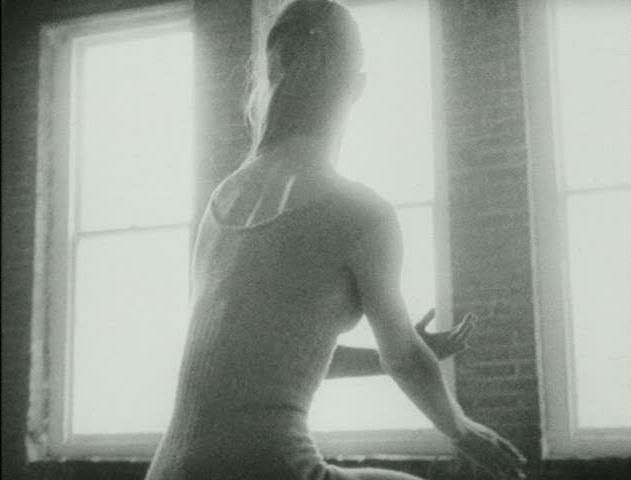
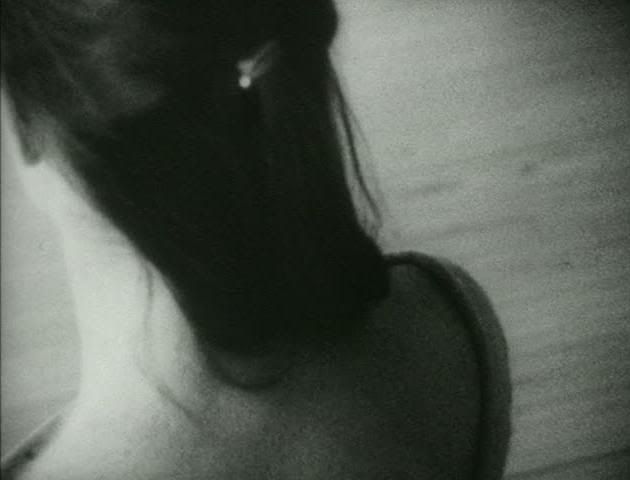
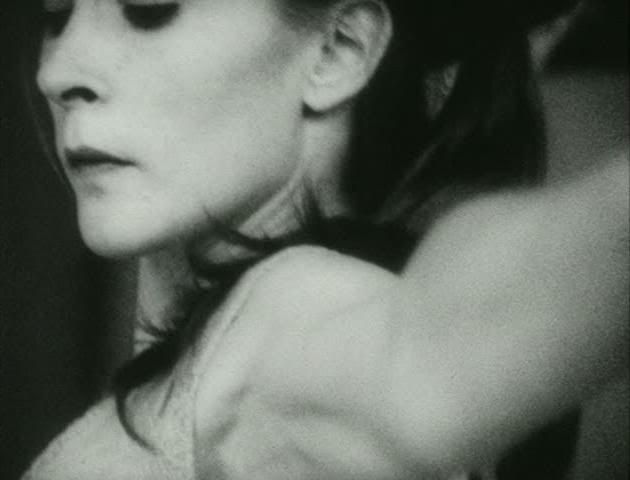
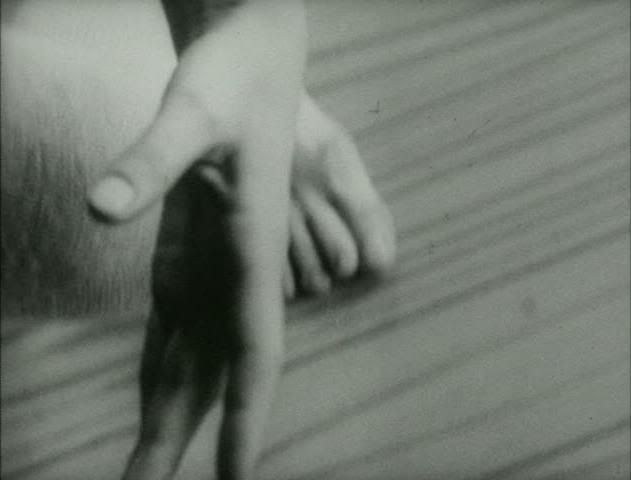

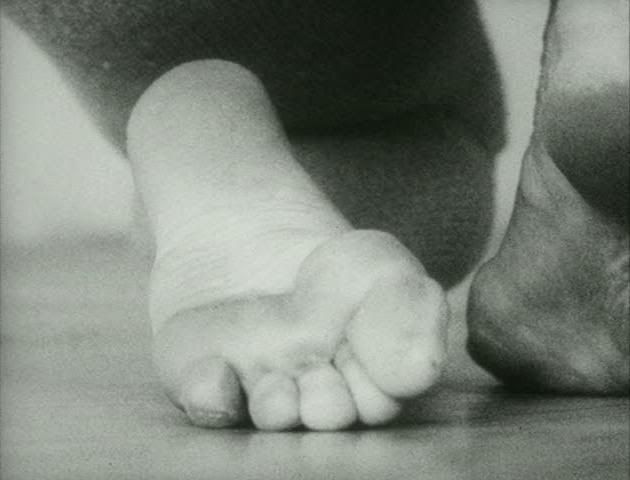
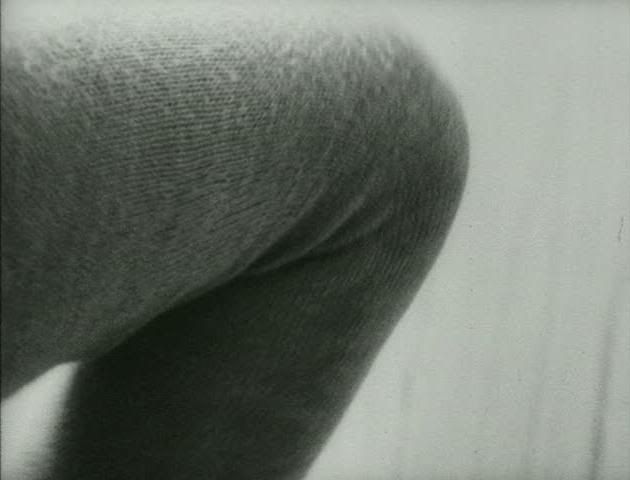


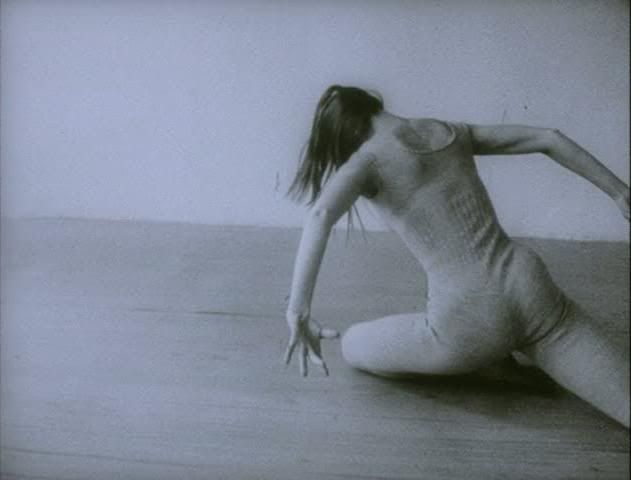
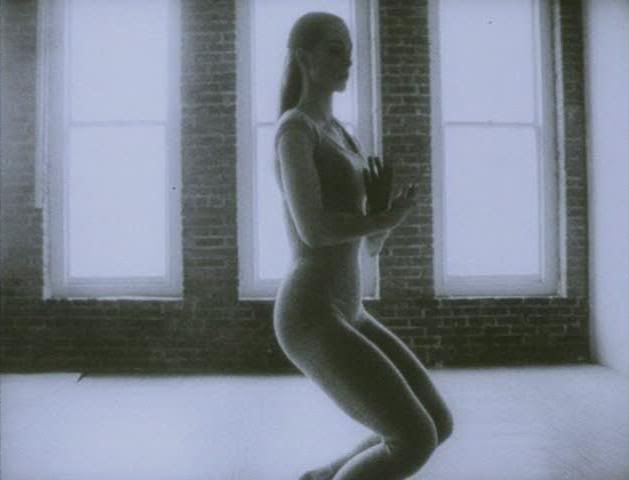

You know I am interested in this Ed, although I know few here outside of yourself would have seen it, I am speculating.
ReplyDelete"Variations on a Dance Theme is even more obscure, but it's a potent examination of both the human form and of film form, and how the aesthetics of the camera can interact with the human body."
I am going to look for it right now. Magnificent appreciation here of a form that deserves this kind of reverence.
Yea, this is one I don't expect many people to have seen, obviously. Harris' work remains very obscure despite the fact that I sense there was some buzz around his innovative time-lapse work back in the 60s and early 70s; that all seems to have been forgotten by now. In any event, Mystic Fire Video have released a DVD collection of 4 Harris films, including this one and the time-lapse classic Organism. It's well worth a look.
ReplyDeleteI'm one of those who haven't seen it, but you've made me interested!
ReplyDeleteThanks Sebina, I'll be glad if this post brings Harris' very interesting work to more people's attention!
ReplyDeleteMan, this looks cool. You see so many cool movies.
ReplyDeleteHa! Another 30 bucks shot to hell!
ReplyDeleteHah, Krauthammer, I always try to see cool movies. They're... cool.
ReplyDeleteSam, hope you enjoy it! I think it's a great little disc.
this film was shown every year that i was a student ('62-'66) in harvard college's carpenter center for the visual arts, le corbusier's only american structure. it is a classic that deserves greater exposure. and regarding his oscar-winning short, i think i vaguely recall that footage was bought and/or commissioned from it to make ''koyanisquati'' (pardon my spelling) years later.
ReplyDelete